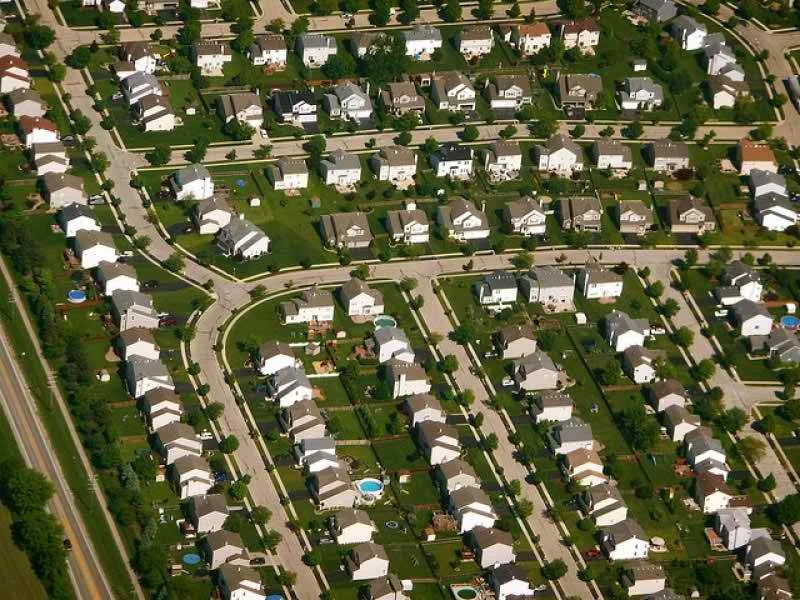CANNABIS BANK:
SITUATING CANNABIS IN THREE SITES
Detroit, MI
Cannabis Bank Competition
Collaboration w/ Zach Mulitauaopele & David Haarmann
Spring 2016
Detroit's History over the past half century is a fraught one, marked by significant urban decline and a community where much of the wealth, and population, exist outside the city itself. This shift has left the urban core impoverished, vacant, and for those who remain, unsafe.
Cannabis Bank envisions the future of cannabis culture in the U.S. With nationwide legalization slowly becoming a reality, the typology of the "dispensary" has the potential to be fully addressed architecturally. Will it be co-opted by commercial interests? Will it embody and reflect the culture of the city? Will it usher in a new kind of social interaction? Through 3 interventions located in the urban core, fringe, and suburban zones, we ask how the dispensary will play a part not only in Detroit's future, but also its potential rejuvenation.
URBAN
BREATHING LIFE BACK INTO DETROIT
Detroit’s urban core was eviscerated by the end of the 20th century, leaving only husks of what was once a thriving city center. The Fine Arts Building demonstrates this more obviously than most: although the building has been demolished, the facade remains, though it is literally propped up by a scaffold system.
The urban dispensary is the most permanent of the three interventions. This dispensary’s form responds to the grid of the building’s original facade, pushing and pulling against it, drawing volumes from the existing structure. From within the grid emerges the bulbous, amorphous civic space in the center of the building. This space gives back to the community a gathering and recreational area of the sort that was lost through the demolition and desertion of so much of Detroit’s building stock. Other program areas include the dispensary counter itself, a center for developing new medicinal marijuana treatments, and smoking areas for smaller groups
FRINGE
FRINGE WITH BENEFITS
The urban fringe condition was hit hard by Detroit’s economic down turn. Entire blocks of vacant buildings are the norm, with swaths of prairie grass reclaiming the land where buildings once stood. Wild animals roam freely alongside the few automobiles that pass through this zone.
In this setting, the dispensary is likewise transient. Deployed from the back of a truck, the pneumatic structure inflates and presses itself against the decaying superstructure of a formerly bustling industrial space. But what was once for work is now for play: the large volumes and open floor plates are now the backdrop for popup dance parties, fueled by a mutual interest in, and appreciation for, cannabis culture. And just as soon as one is deployed, it can be packed in and taken down: tomorrow night the party is elsewhere.
SUBURBAN
“It is a simple matter to love one’s neighbor when he is distant, but it is a different matter in proximity.”
- Jacques-Alain Miller
LOVE THY NEIGHBOR
The suburban condition is unique within the context of Detroit because it did not decay in nearly so dramatic a fashion; in fact, many suburban communities were bolstered significantly by flight from the city center. But this prosperity has also bred boredom: suburban America as a trope of complacency and self-satisfaction has been well documented by writers and the media.
The cannabis dispensary disrupts this normative condition by appearing alongside and adjacent to typical detached family homes. Reminiscent of the garden gazebo, this intervention serves as both a satellite dispensary for cannabis distribution, as well as a small scale social gathering point for like-minded smokers. By inserting the (apparently) foreign object into the suburban setting, the mundane elements of day to day life are seen in a new light. Some neighbors are known to sunbathe in the nude. Others play professional league table tennis in their backyard. Still others gather around the dispensary for a few moments to talk, laugh, and chill. Perhaps the familiar is not as familiar as we once thought.










